Back
- Nursery
- Prep
- Senior
- Sixth
- Home
- Contact Us
- Admissions
- Boarding
Discover more about our Old Truronians who have gone on to achieve inspiring careers in Maths-related fields. All of these Old Truronians studied Maths A-Level at Truro School, and were inspired to study it further and/or pursue careers using their Mathematical knowledge.
If you would like to find out more about or speak to any of the Old Truronians featured here, speak to your Maths teacher who can support you.
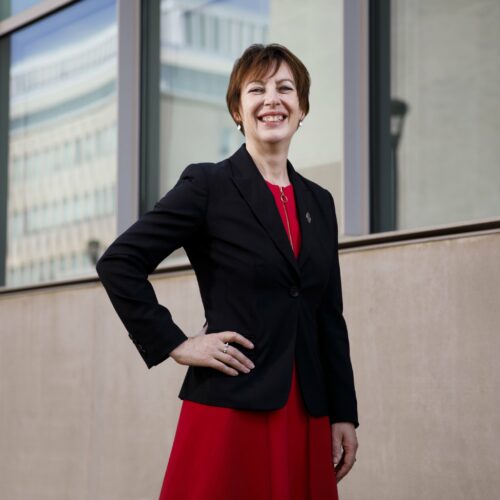
TS 1982-1984
Siân attended Truro School for Sixth Form from 1982-1984. Whilst here, she studied Economics, Mathematics and Geography for A Level. After leaving she successfully studied for 3 degrees in economics and maths related subjects and is now dean of Indiana University Paul H. O’Neill School of Public and Environmental Affairs in the United States.
She is an economist that has worked for many years on topics related to water use in the western United States, endangered species and the impacts of climate change, and has secured more than $4 million in external grant funding.
Dr. Mooney came to Indiana University from Arizona State University, where she served as associate dean for interdisciplinary programs and initiatives for the College of Public Service and Community Solutions and as a professor in the School of Public Affairs. Prior to joining the College of Public Service and Community Solutions she served as Associate Dean for Faculty Affairs and Research, and Professor of Social and Behavioural Sciences at the New College of Interdisciplinary Arts and Sciences in Arizona, USA.
She has also held positions at Montana State University, University of Wyoming, Boise State University, and the National Science Foundation. She received a Ph.D. in Agricultural and Resource Economics from Oregon State University, a M.Sc. in Agricultural Economics and Farm Management from the University of Manitoba, Canada and a B.Sc. (Hons.) in Agricultural Economics from the University College of Wales-Aberystwyth.
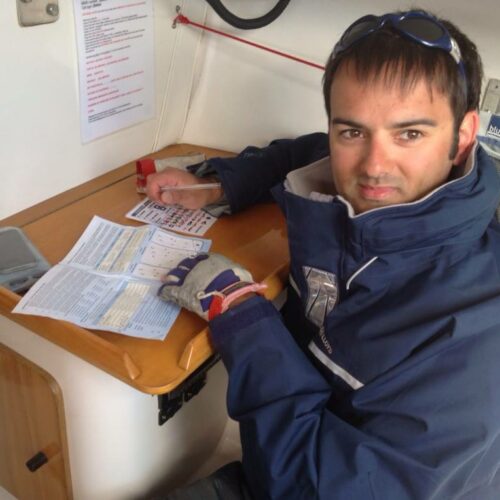
TS 2001-2003
After Truro School Sunil went to Warwick to study Mathematics. Sunil joined PriceWaterhouseCoopers where he trained to be a Chartered Accountant learning his trade while at the same time gaining experience in the audit, actuarial and tax departments. He currently works at Hiscox where he leads the financial reporting and tax teams for the Lloyd’s Syndicates. Sunil is married to Katie Preston CO04, they have two daughters.
Sunil told Truro School:
"I started off in quite a technical role and about 6 years ago was promoted into management and now I manage a team of 9 chartered accountants. Not much accounting occurring in my day-to-day as it’s mainly people, leadership and stakeholder stuff. We complete the financial reporting for a set of Lloyd’s syndicates.
It is a very rewarding job and I have a lot of my career progression to thank for my time at Truro School who set me up with career planning and study guidance."
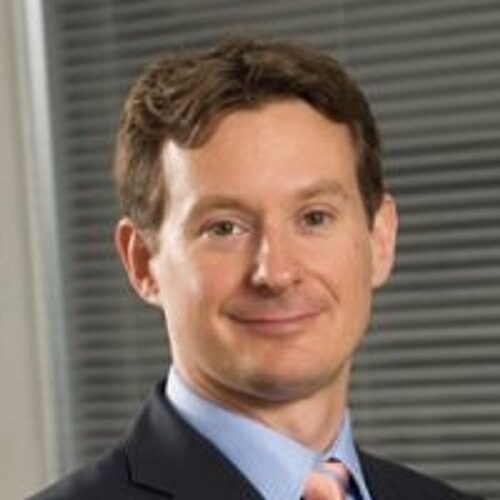
TS 1983-1990
After Truro School Simon studied Mathematics at Oxford University (1990-93) and then joined an actuarial & benefit consultancy as a trainee actuary in 1993, working in pensions consulting. He qualified in 1999, and continued to work as a consulting pensions actuary until 2009. In 2010 he moved to the in-house pensions team at RBS, as a pensions actuary looking after the employer’s interests in its relationships with pension schemes in the UK, Ireland, Channel Islands, India and the Netherlands. From there he moved to Barclays and then Prudential, from which the business he worked in demerged as M&G plc, where he is now the global Head of Pensions & Benefits.
Simon told Truro School:
“One could argue that my current role isn’t necessarily maths-based (some people do similar roles without the Mathematics background), but it all started with doing Mathematics at university and then from there pursuing an actuarial career. And the way I approach my job means I still use my mathematics skills.
I’d be happy to speak to pupils if they would find it helpful but must admit I am not that familiar with how the actuarial career path looks today for someone considering it. I’d brush up on this! Most likely I’d say that there are some interesting roles around, but that to fashion a career often requires adaptability, continuous learning and learning new skills, rather than relying on a single employer or type of role to sustain an entire career (which certainly looked possible when I started, and for some of my peers it has worked out that way). The qualification is also more broadly-based than it used to be, with the opportunity to acquire additional data science and analytical skills.”
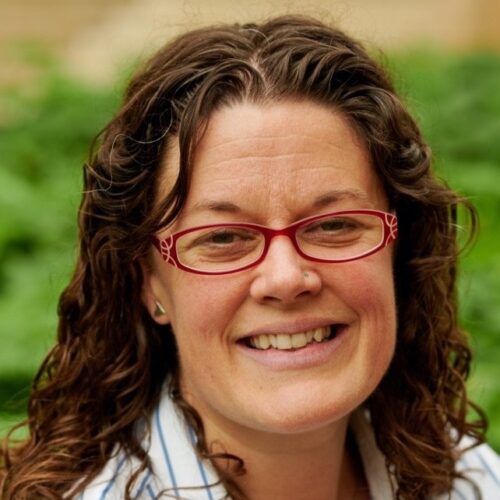
TS 1993-1995
Frances' degree was in Integrated Engineering at Cardiff University followed by a PGCE with a Maths specialism, and later an MEd in educational research at the University of Cambridge. She has worked as a Maths teacher, a freelance mathematics communicator giving talks and running workshops nationally and internationally and is a writer of resources and professional development materials, initially for NRICH, and now for Cambridge Mathematics.
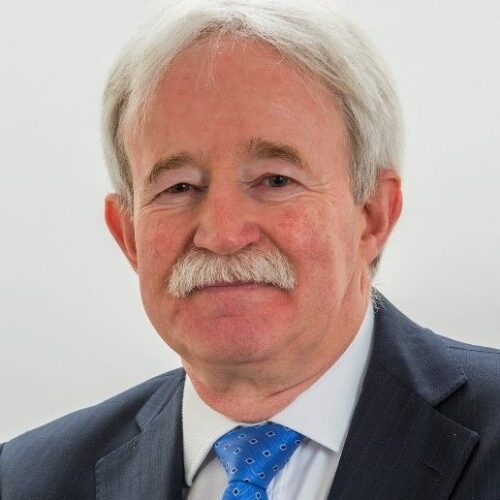
TS 1966-1971
Nick is a chartered mechanical engineer and is currently living in Winchester; he served for 16 years in the RAF as an aerospace engineering officer and has spent the last 27 years in industry. He is a director of the 14-property estate where he and his wife Sandra live, and manages the affairs of the owners’ company. In addition, he works as a self-employed engineering consultant, specialising in high-value, short term, projects mainly in the defence, aerospace and rail sectors.
Notable past projects include the Concorde 15 year life extension study, due diligence for the formation of Porterbrook Leasing (later HSBC Rail UK) and being part of the successful bid team for Hitachi Europe’s UK Super Express trains. He was also part of the 1991 UK and 1993 Australian Admiral’s Cup teams, the former being the first instance of sponsorship of sailing by Oracle. He was awarded the MBE in 1990 for introducing commercial aircraft maintenance practices into the MOD, which has increased safety, improved operational availability and reduced maintenance costs for the MOD since the mid-1980’s.